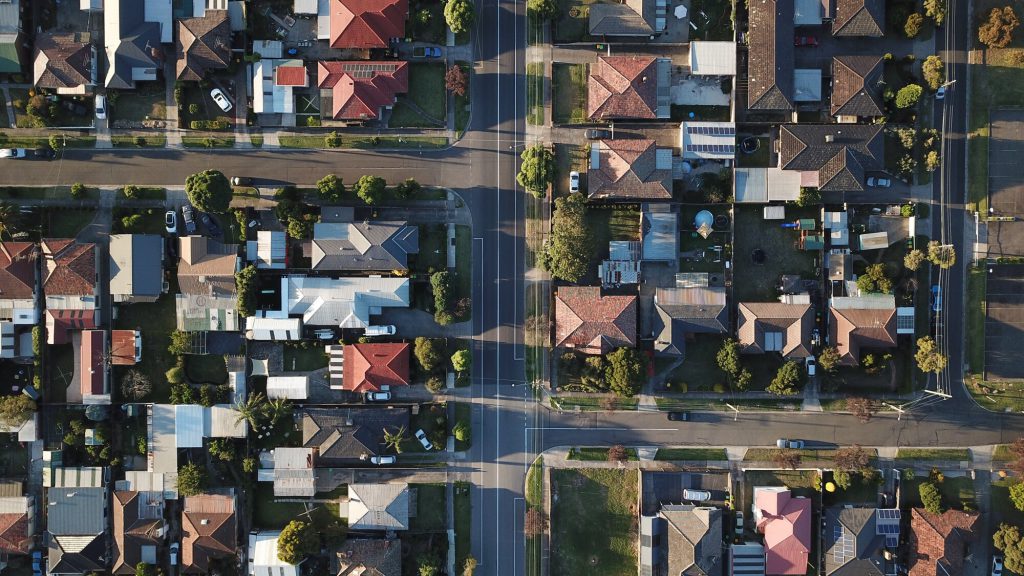Written by Kelly Bray, office manager at pointA
Our office manager, Kelly Bray, attended two events this past year on transportation equity. The first, Racial Equity & Active Transportation in Toronto’s Suburbs, was hosted by Transportation Equity T.O. The second, Transport Futures’ Transportation Equity Summit, took place in December. Here are some main takeaways and how we strive to incorporate them into our transportation demand management work.
What is Transportation Equity?
The Victoria Transport Policy Institute defines equity as “the fairness with which impacts (benefits and costs) are distributed”. Their report on transportation equity acknowledges that “transport planning decisions often have significant equity impacts, and equity concerns often influence planning debates.”
The way we get around greatly impacts our lives, but factors such as income level, location, gender, race and whether or not you have a disability means that unfortunately not everyone has the same experience when they travel around the city.
The events I attended approached the equity lens from very different perspectives. This made me realize how valuable an experience can be when we focus on the voices that we don’t usually get to hear.
Looking Closer, not Farther
While at the Transportation Equity Summit last month, I couldn’t help but compare it to the Racial Equity & Active Transportation in Toronto’s Suburbs conference that I attended in the spring.
The Summit featured discussions of the TTC’s new 5-year service plan, rural transit projects across southern Ontario, the city of Toronto’s plans for autonomous vehicles, and mobility equity projects happening in Detroit. The Summit brought in speakers from Iowa, Arizona, Waterloo, and Detroit. Equity was most often discussed in terms of income level.
In contrast, Transportation Equity T.O.’s conference put the spotlight on local city builders, academics and activists. While income inequality was discussed, the presentations ranged across topics of race, gender, and disability as well. The organizers aimed to give space to people from communities who are often left out of transportation planning conversations.
We heard from the Toronto Community Benefits Network about the transportation habits of people in the Jane and Finch community, and about how a focus on getting people downtown ignores the destinations that are actually important to people in the community.
We also learned about the storytelling work being done by Discourse Scarborough to capture residents’ experiences on transit.
Another interesting initiative discussed at the event was the Our Greenway project that is advocating for a greenway to help alleviate the transportation issues that will occur during construction of the Finch West LRT.
As someone who has worked in active transportation in Toronto for more than a decade, these things were all news to me. When we live and work downtown and the news media reports on what is happening downtown, we can miss out on the fantastic work that is being done in the suburbs.
Focusing on transportation issues downtown leaves us out of touch with what other communities need and how people get around. This is what made Transportation Equity T.O.’s conference so memorable – they placed equity at the centre of the day’s proceedings by showcasing the voices of racialized people from the suburbs, people whose voices are often marginalized in our institutions and obscured in the public narrative. The conference gave me the opportunity to see what I had been missing.
Similarly, we often look to other cities and other countries for inspiration when there are already innovative projects happening in our own communities. This is why, while listening to the speakers at the Transportation Equity Summit, I thought back to my experience at the Transportation Equity T.O.’s conference. When we only focus our attention outward, we learn about the same big projects that everyone is talking about. When we look closer to home and centre marginalized voices, we can be surprised with a completely new perspective.
The biggest takeaway is that in TDM, we need to be aware of who we are talking to, and who we aren’t. Why? Because a single man who works 9-5 in an office and drives an hour from Newmarket every day is going to encounter very different transportation challenges than a mother of three who lives a 20 minute bike ride from work and works the overnight shift.
Each will have different experiences, challenges and transportation needs. If we only capture the easiest voices to hear, we will miss out on the opportunity to help many others.
At pointA when we begin working with a new employer, we try to capture the full picture by surveying as many employees as possible, in all parts of the business to learn about their transportation needs. Through our personalized travel plans, we ask people to identify their own needs and interests, and tailor a plan specifically for them.
As we branch out from employer work, we are looking forward to connecting with community organizations to support their projects and to learn from them and the communities they serve. Do you work with a community group that wants to partner with TDM professionals? Let’s chat!
Photo by Tom Rumble on Unsplash




